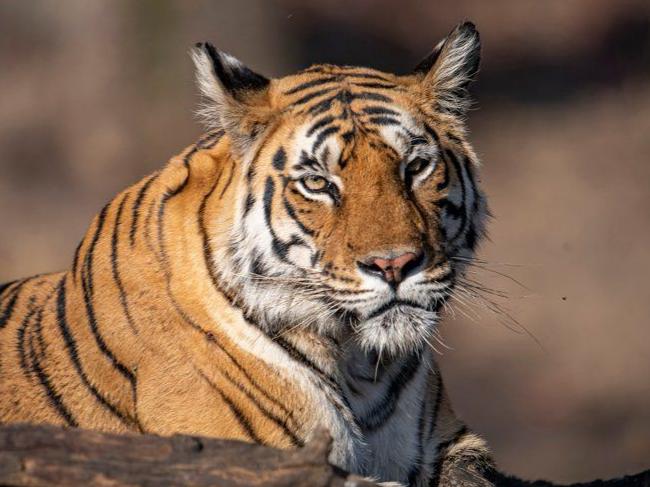Tiger Hotspot In Red Corridor
A very popular wildlife destination world over,Kanha is now also an important point in the red corridor of the Maoists. About four years ago, they started operations in Kanha from Balaghat district which they were also using as a transit point to cross over from naxal infested Chattisgarh to Mahatashtra,police sources said. From the revenue area in Baihar sub -division of Balaghat district , they entered the tiger reserve , first in Mukki range and then spread to other parts. They have increased their area of operation in Balaghat and the parts of the park in Mandla bordering Balaghat , forest department sources admitted. In fact, a " major part" of the tiger reserve is in their grip. The top political leadership of the state and the country are “ very well aware” of the crisis but so far no action has been initiated. Operations must be carry out to immediately flush out the outlaws.
Global Tiger Forum Seeks Action
Also Read: Railways' Push For Tracks in Tiger Reserves Contradicts its Green Claims
The effort also needs to be complemented by putting into the use of state of the art technology to step up the surveillance situated intelligent camera on a 24X7 basis to monitor untoward movement of the miscreants. Thus, the activity portfolio needsto have both policing as well as community oriented elements based on landscape level master plan, the GTF secretary general said. Khageshwer Nayak, a former park director of the tiger reserve and member of the state wildlife board in Madhya Pradesh where Kanha is situated, has sought “action by the security forces.”
Insurgents Issues Threat
Also read: Deadly Train Tracks Threaten Tiger Corridor In MP
The extremists feel that the software would reveal their location also. The rangers are concerned for their life and this would impact the tiger monitoring. Naxalites targeted many jungles of India in the states of Bihar, Jharkhand, Chattisgarh ,Odisha, Andhra Pradesh and Telengana.They use thick forests as hideouts. After a similar presence and later consolidating their situation, there are hardly any forest or tiger management programmes taking place in Palamu national park in Jharkhand and Indrawati national park in Chattisgarh.
Representational Image :Rajiv Sharma.





Comments
Post a Comment